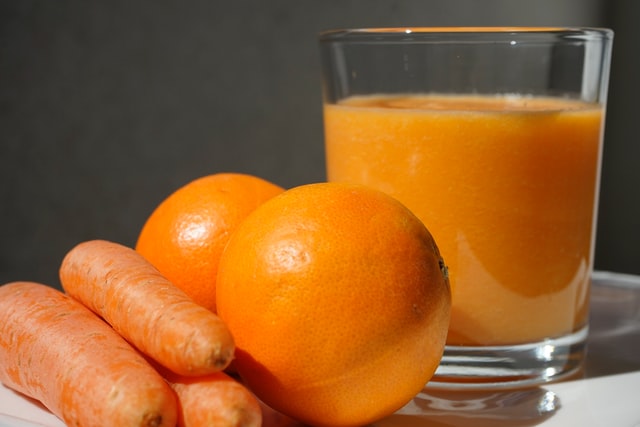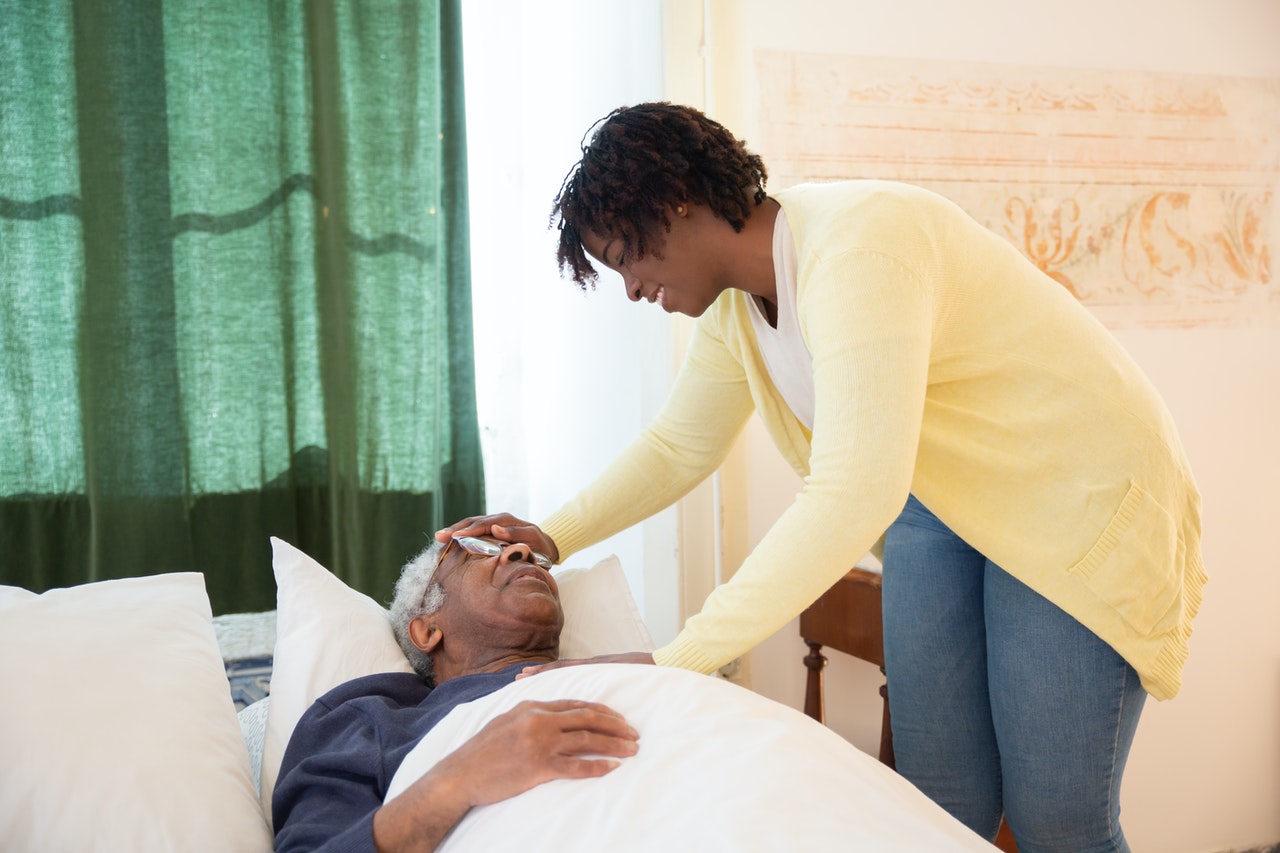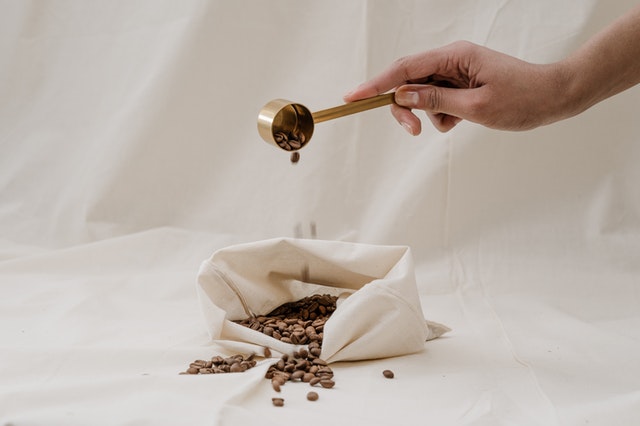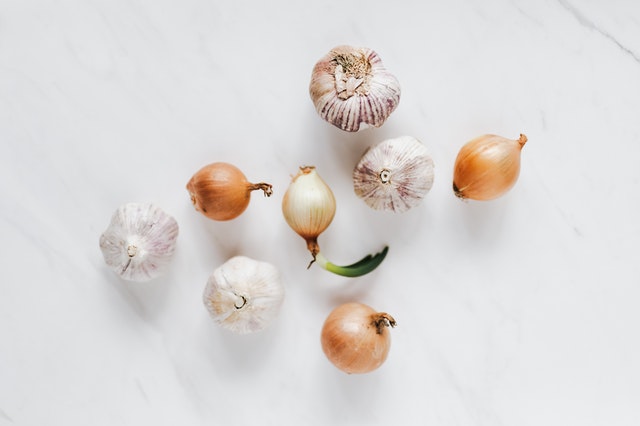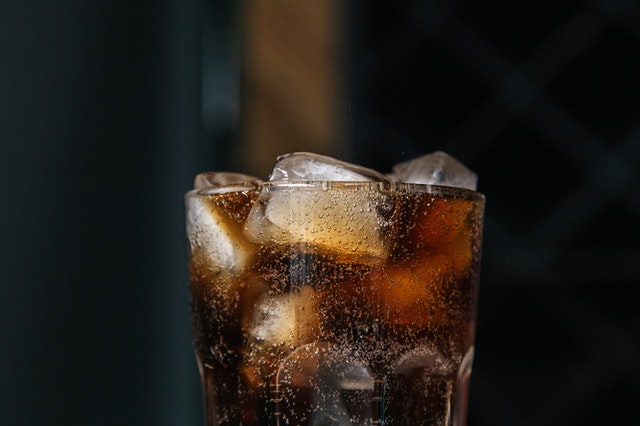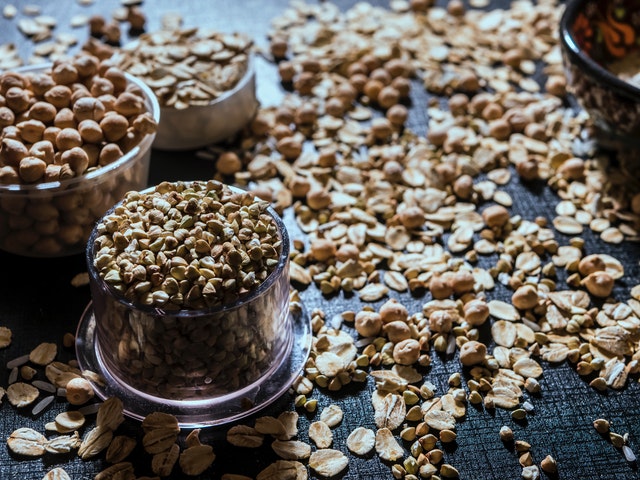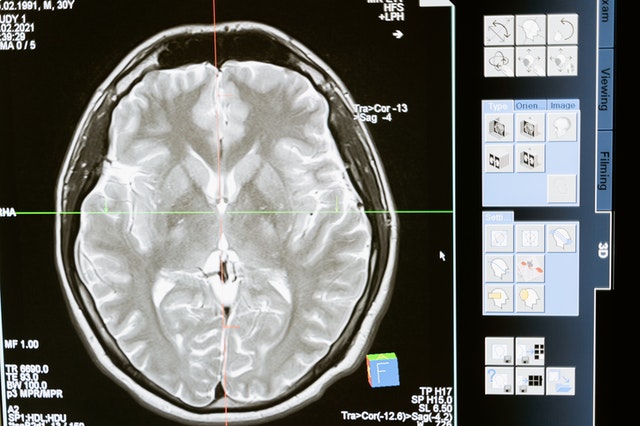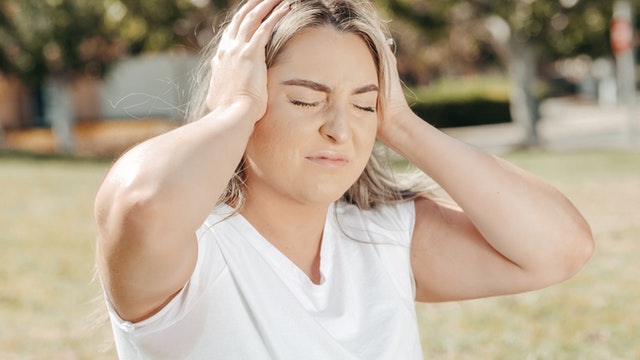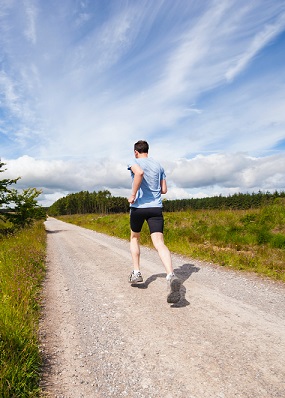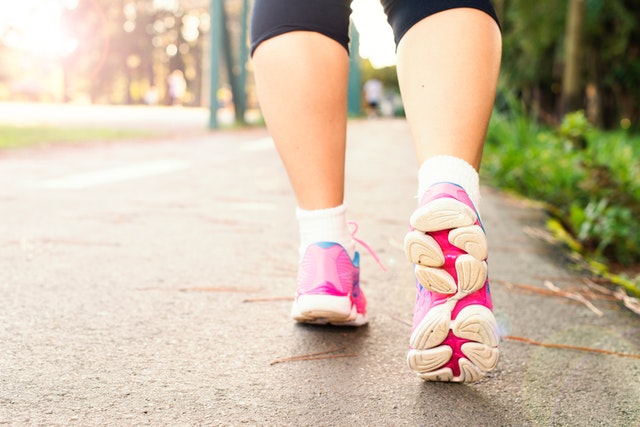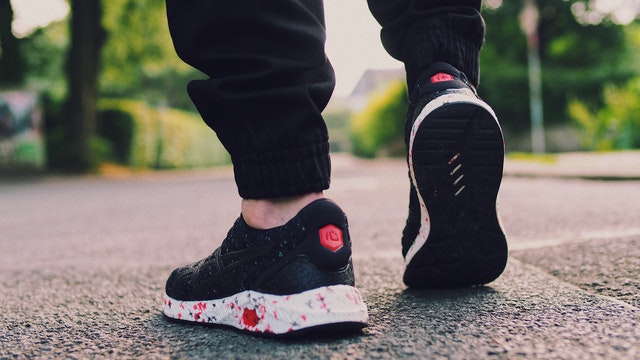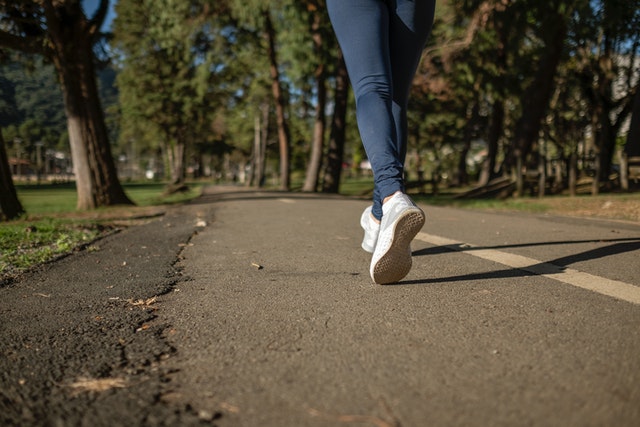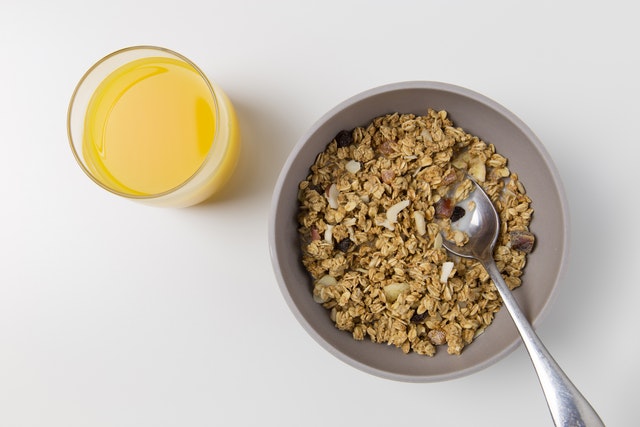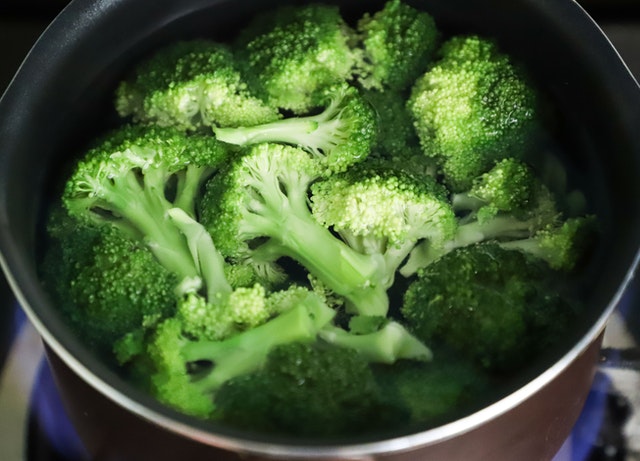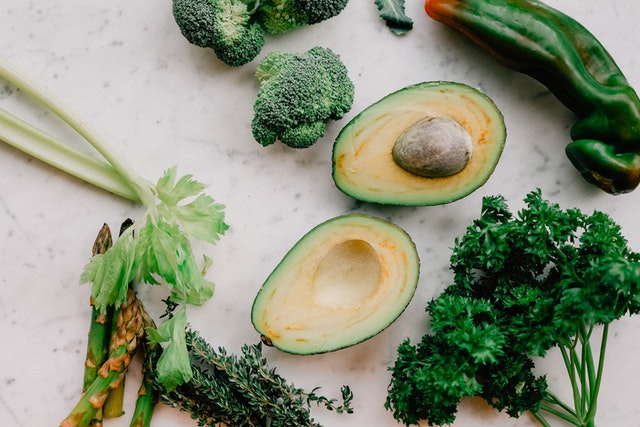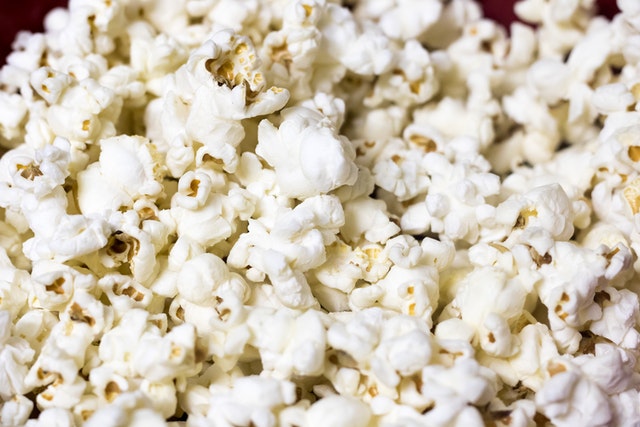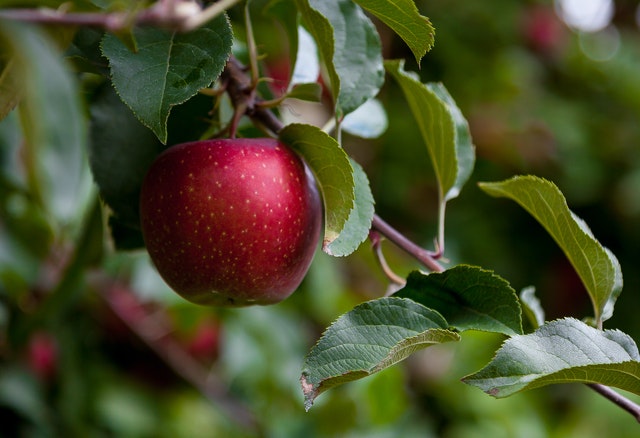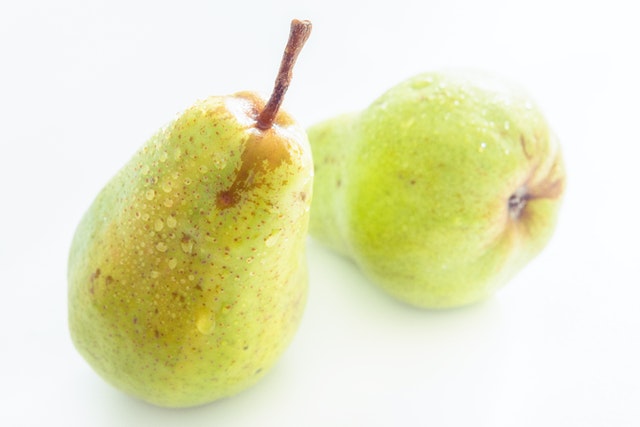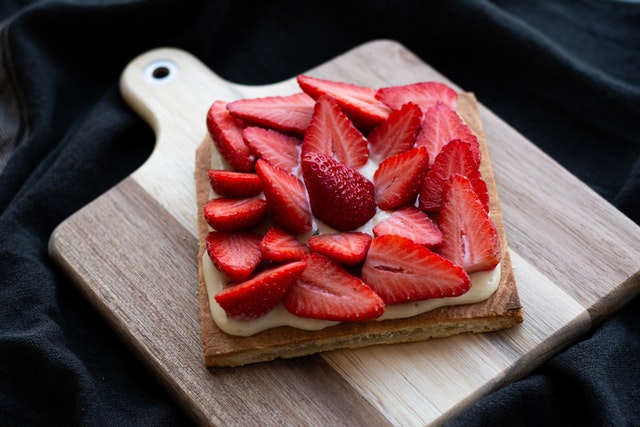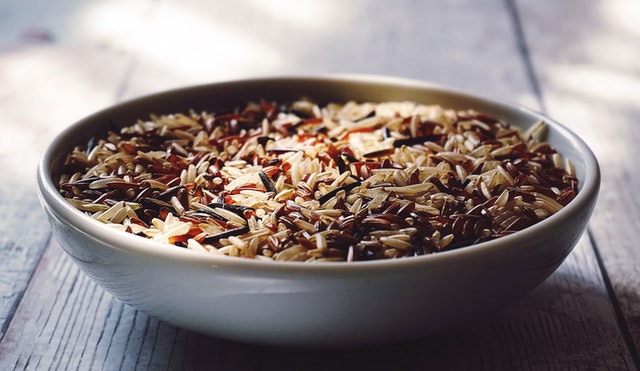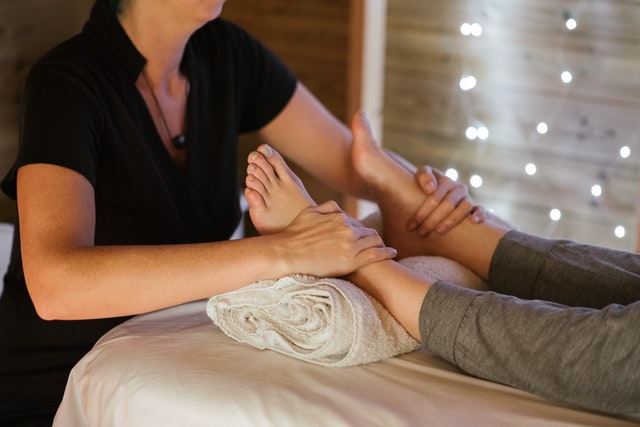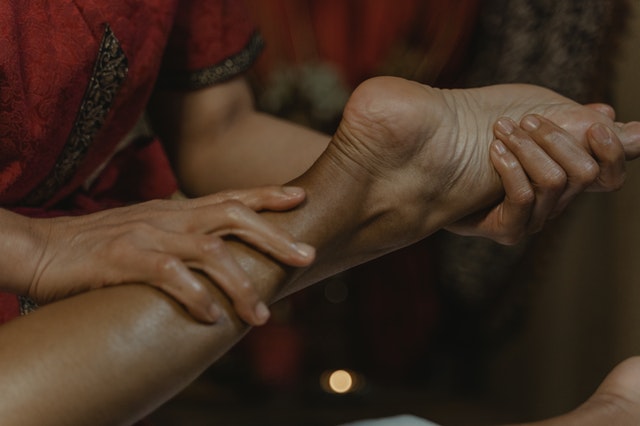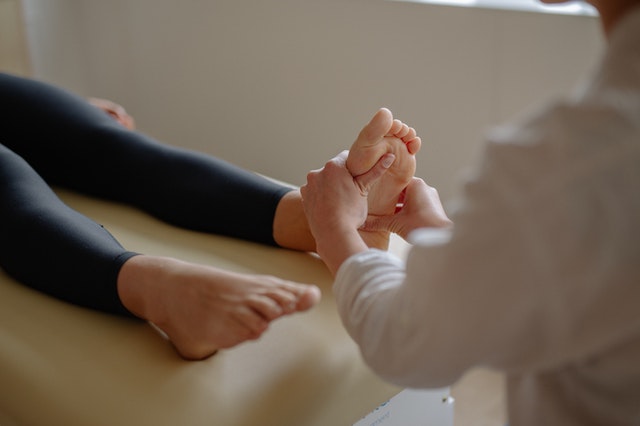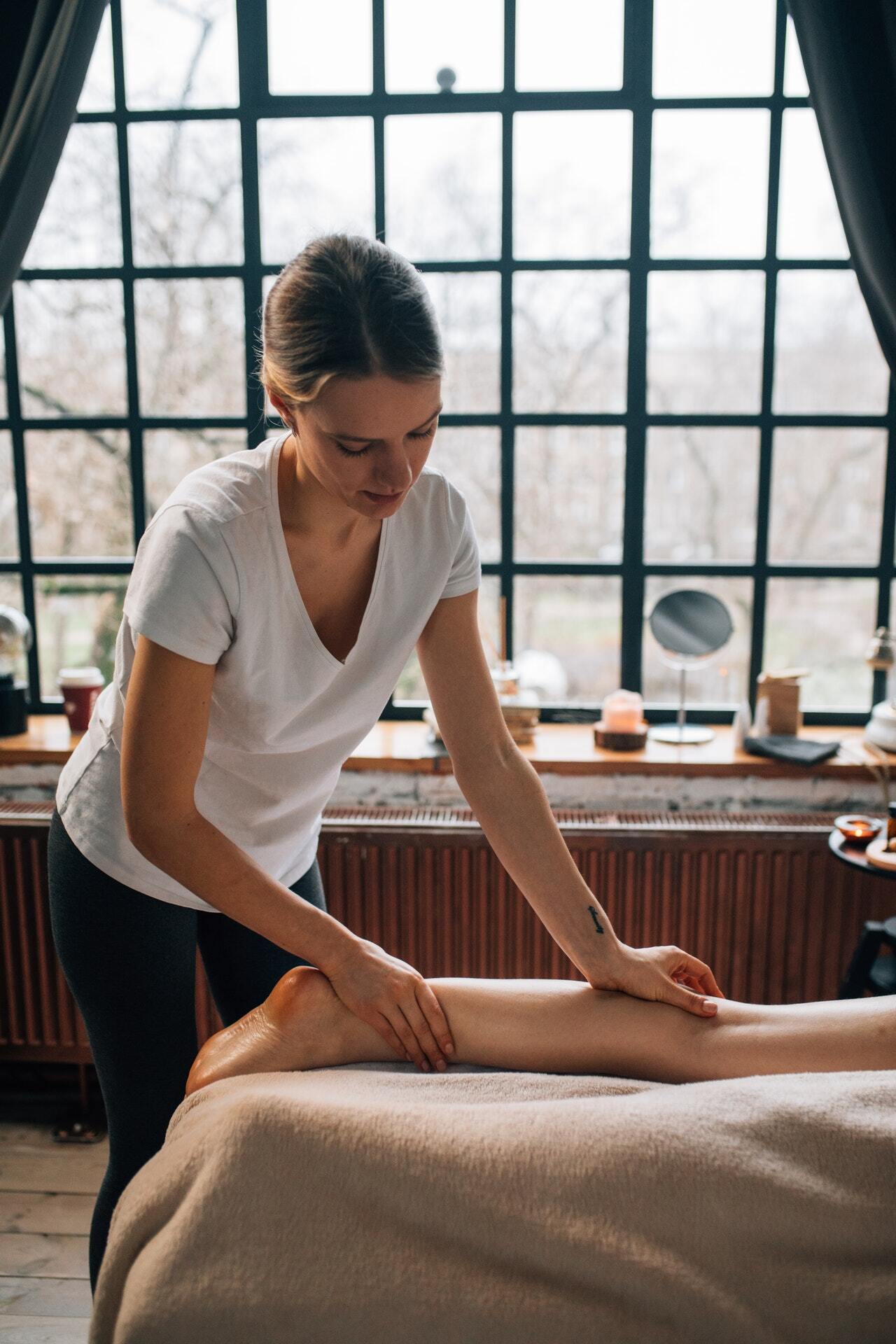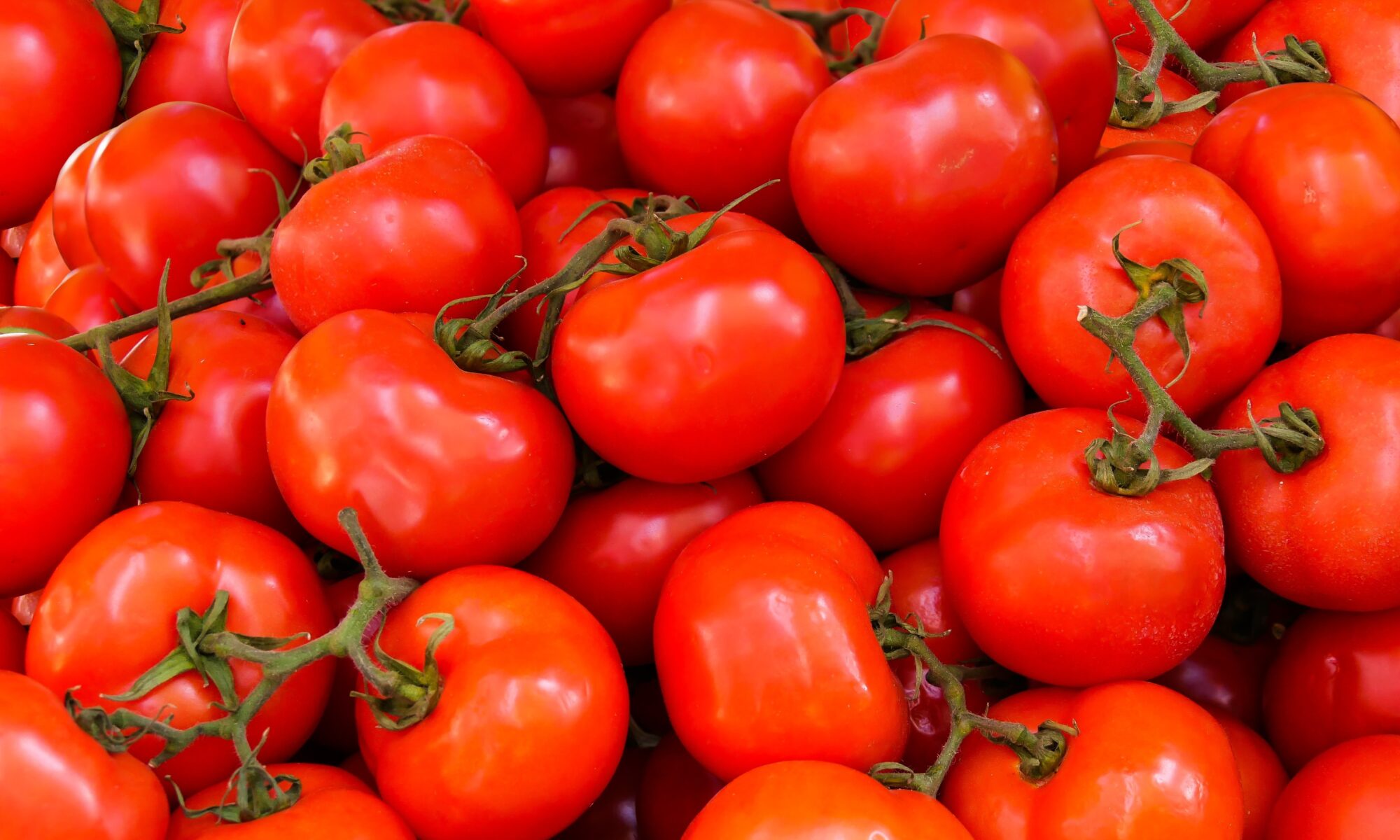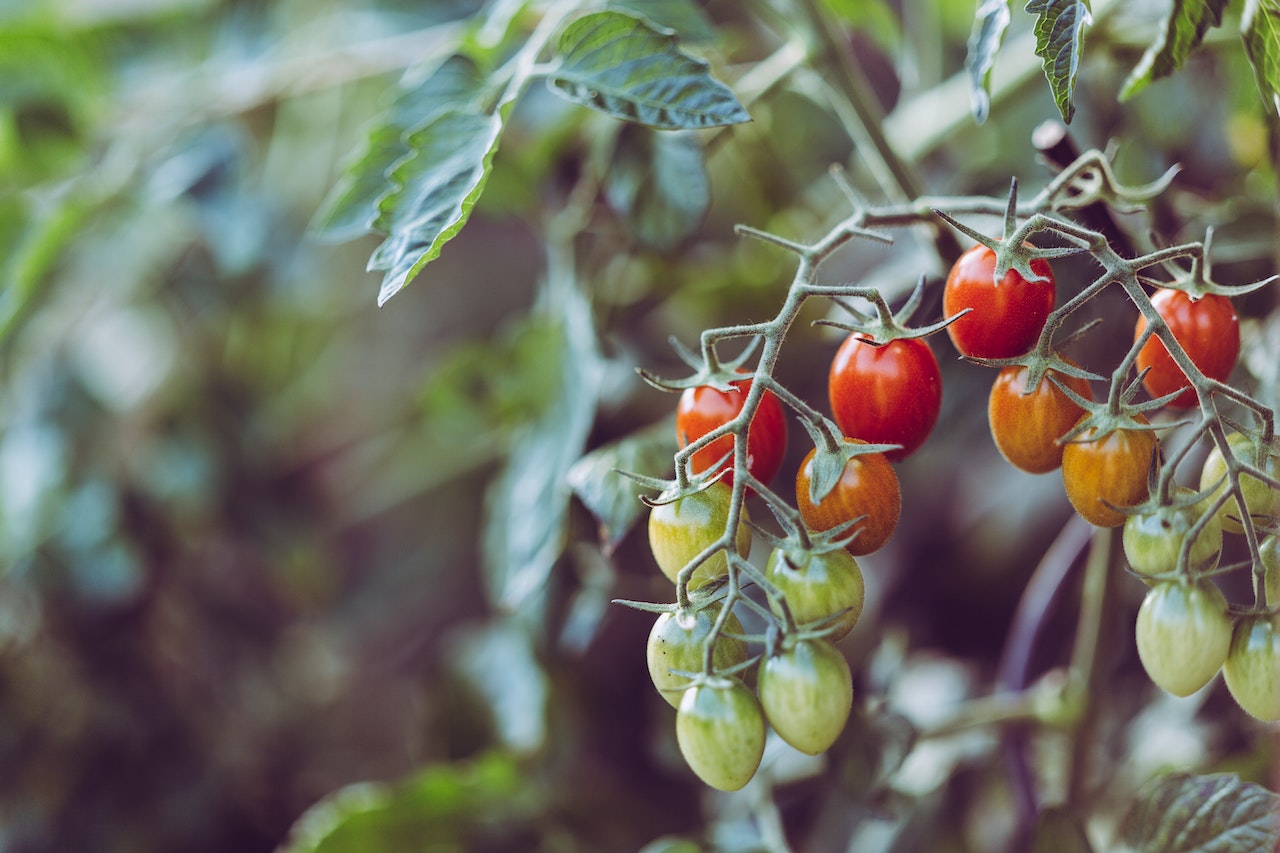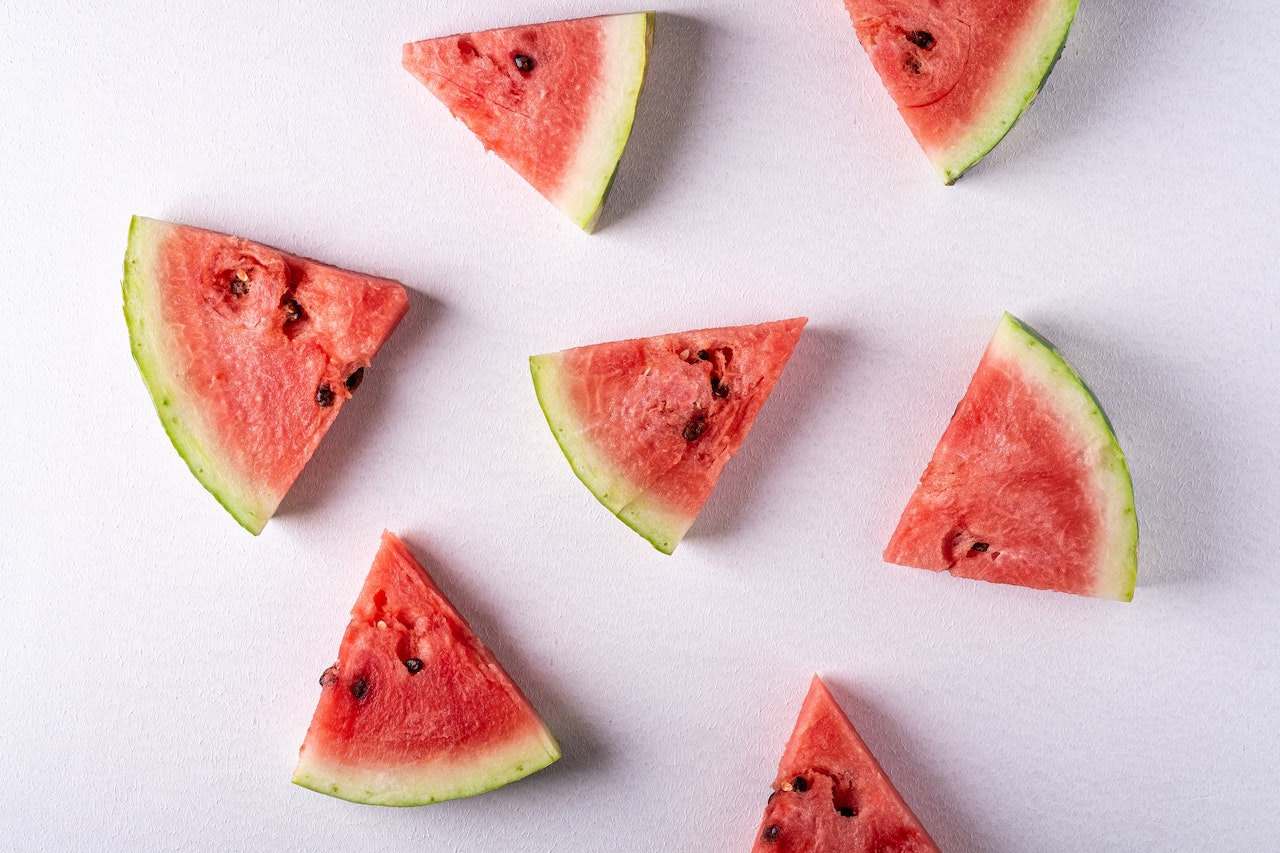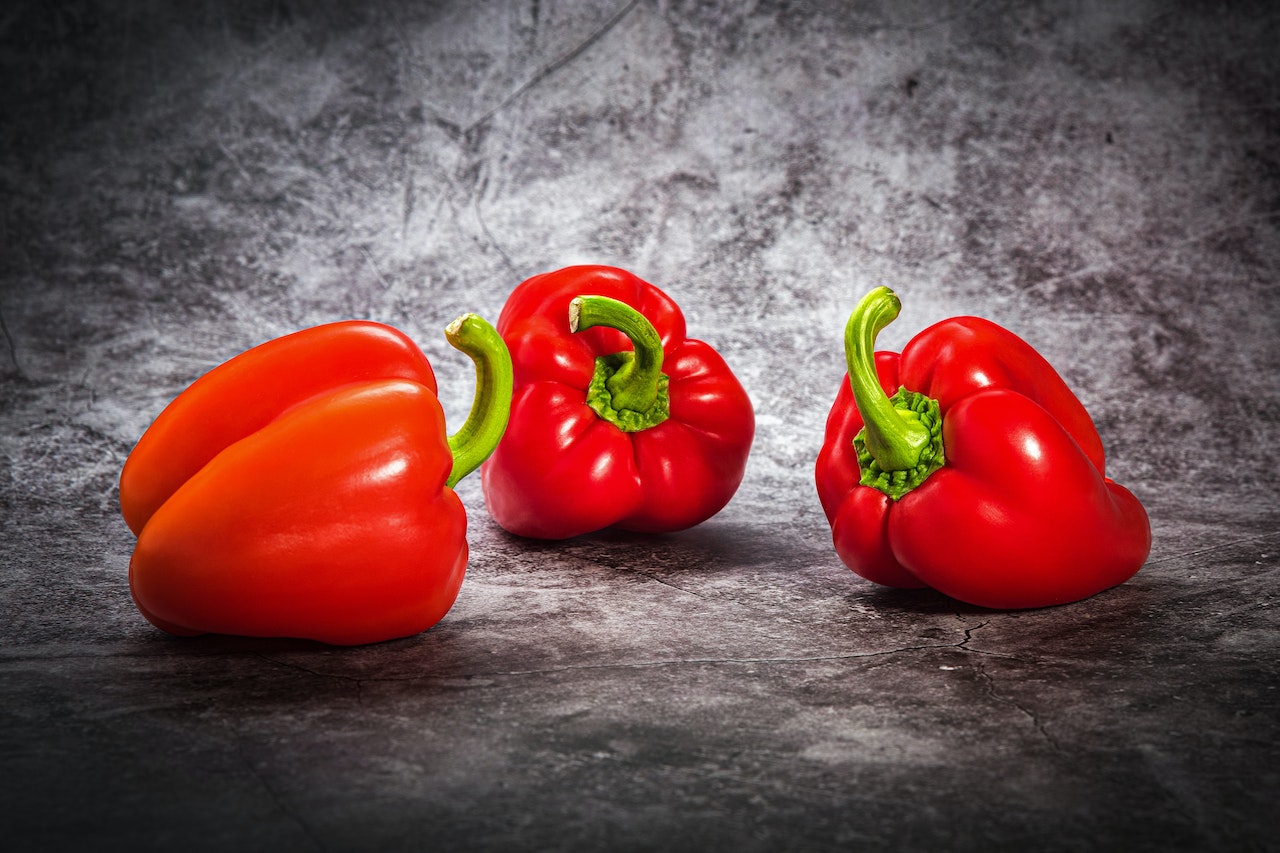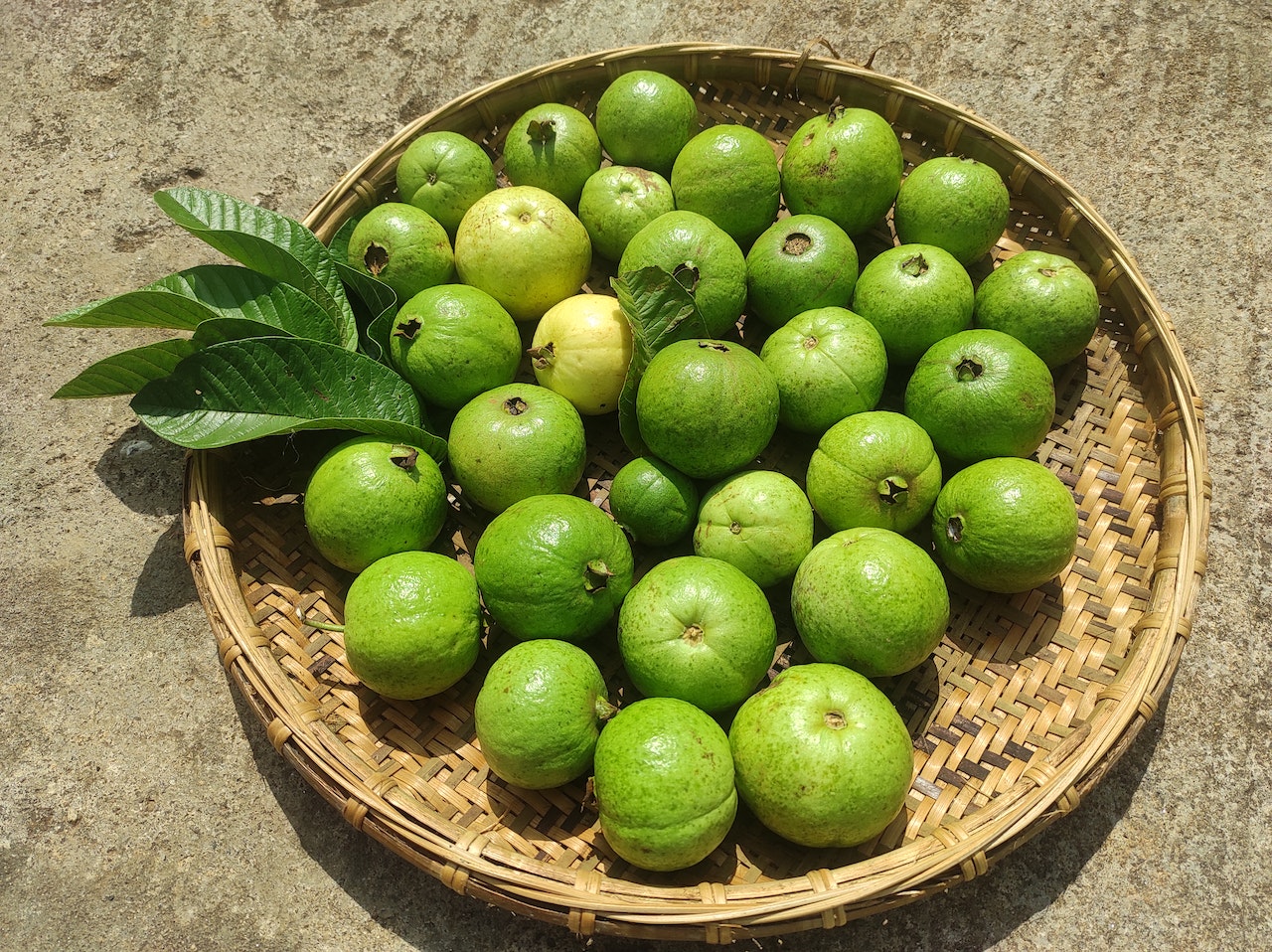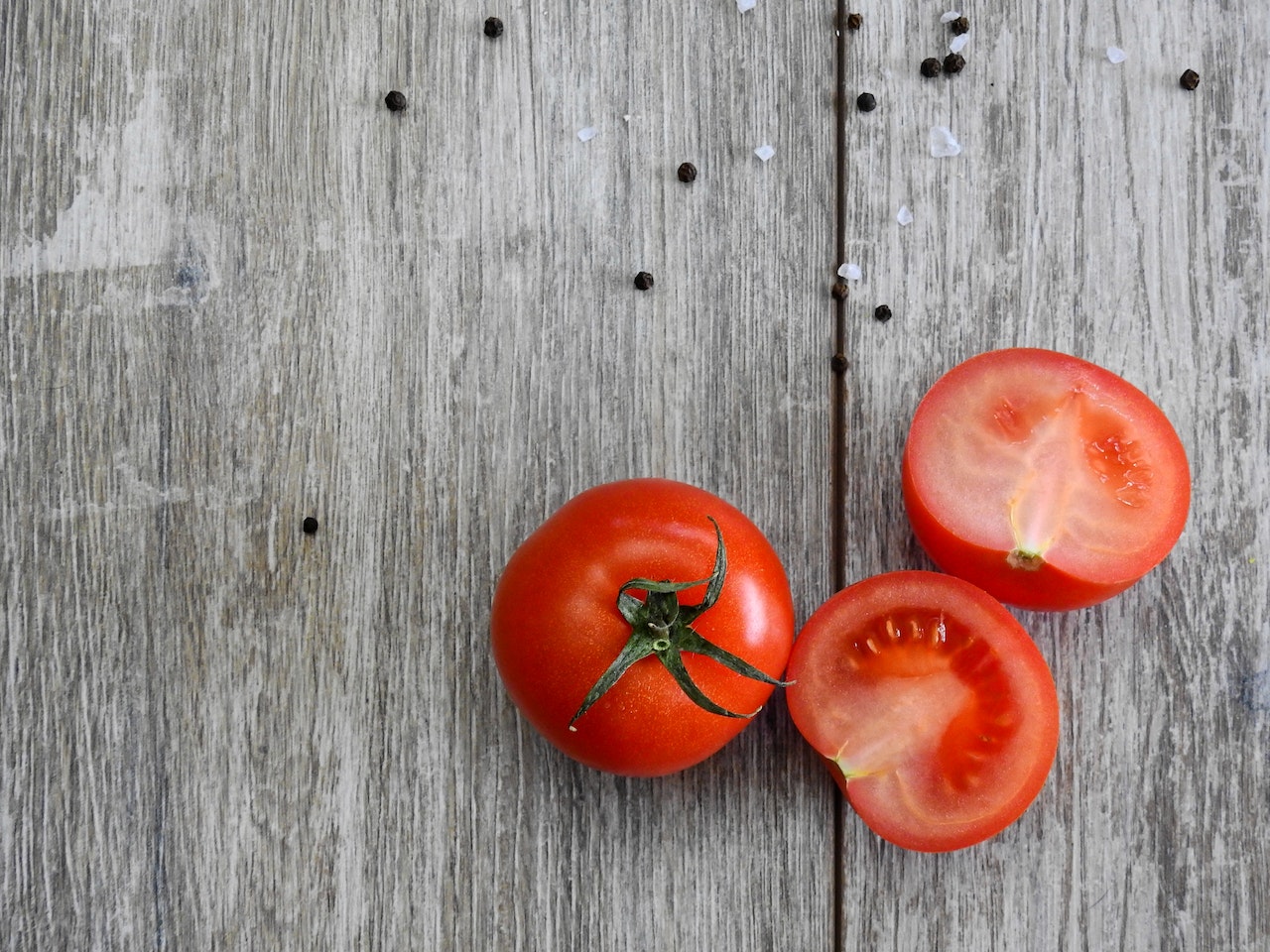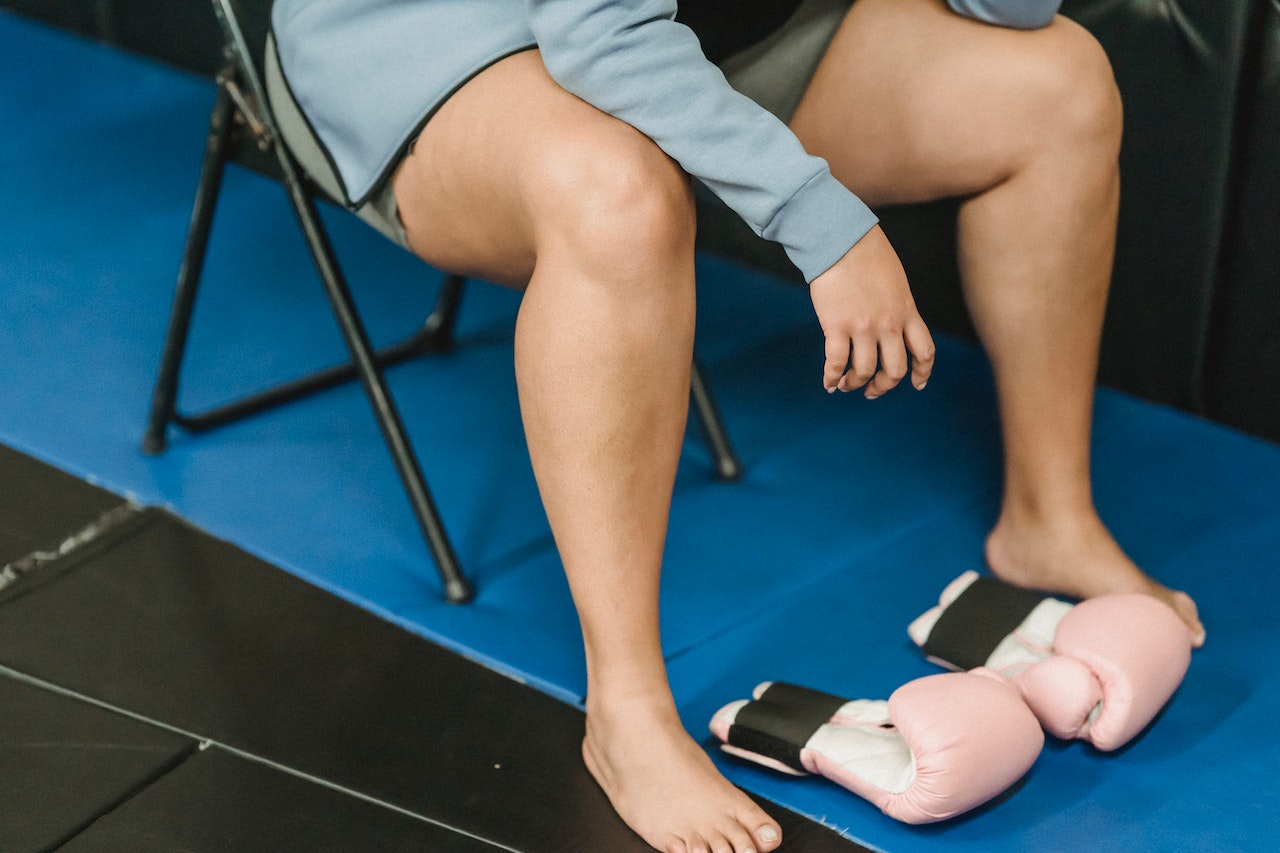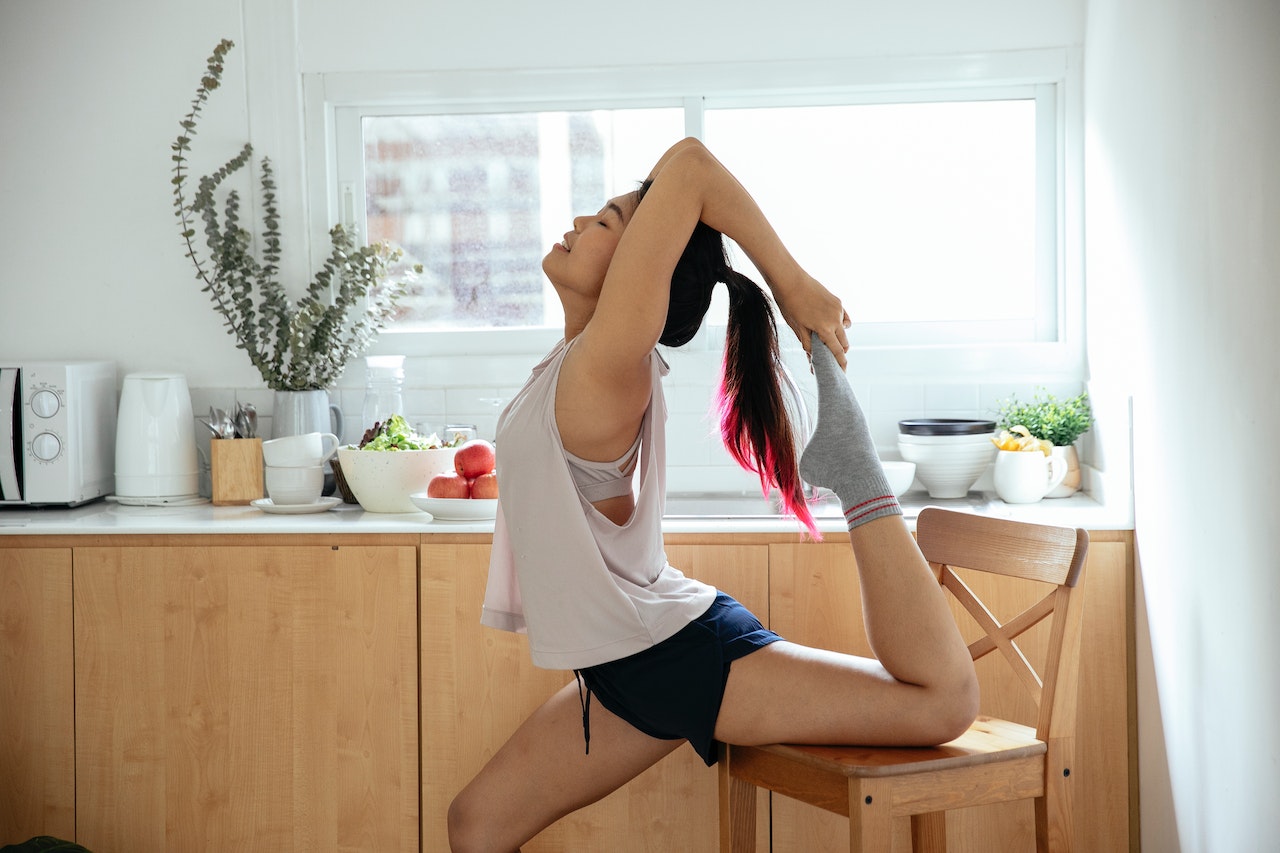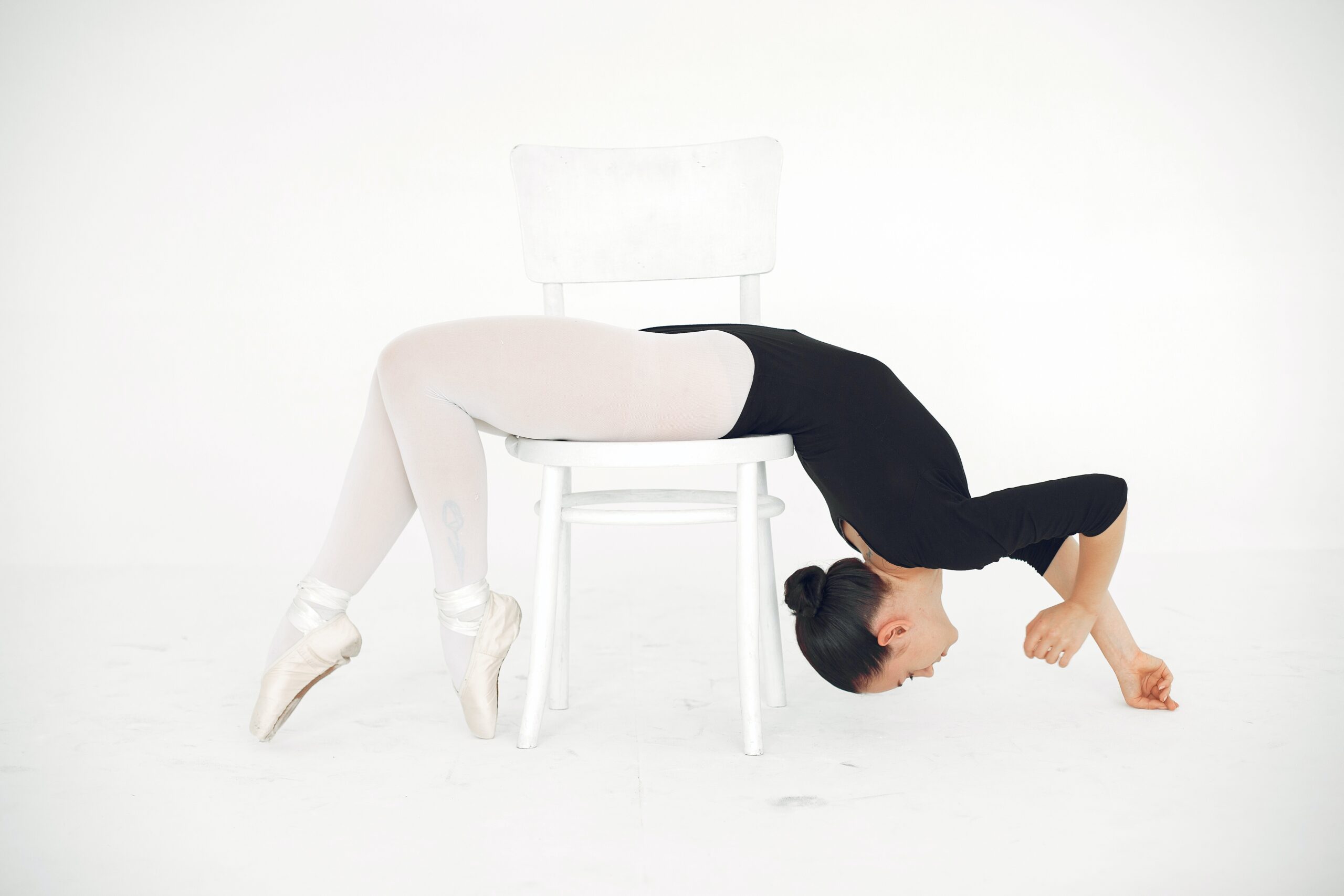Have you noticed how the entire world is focusing more on health now than seemingly ever before? If you haven’t jumped on the bandwagon yet, it’s time to! Good health is essential for overcoming illness and staving off disease. Not to mention the fact that you feel so much better when you take good care of your body and give it the nutrients it needs.
Recently, I’ve been experimenting with different juices to see how they make me feel. After a lot of trial and error, I’ve come up with a list of juices that help me feel healthy and vibrant while giving me a little extra pep in my step. I decided to share this list with you so you can benefit from these incredible juices as well! So check out this list of my favorite juices for optimizing my healthㅤㅤㅤㅤㅤㅤㅤ
Watermelon Juice
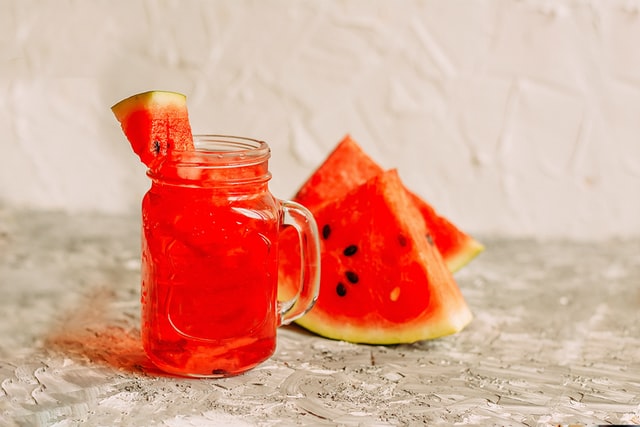
Who doesn’t love the sweet, invigorating flavor of watermelon? If you like fresh watermelon, you’ll probably love watermelon juice. It’s full of lycopene and beta carotene (which are both powerful phytonutrients known to boost the immune system and help neutralize free radicals in the body). In fact, you won’t find another fruit that has more lycopene in it than watermelon.
Watermelon is also very hydrating since it’s comprised mostly of water (approximately 91%). Since most of us are dehydrated at least some of the time without even knowing it, drinking watermelon juice can help keep us properly hydrated (especially those of us who have a difficult time drinking plain water).
Spinach Juice
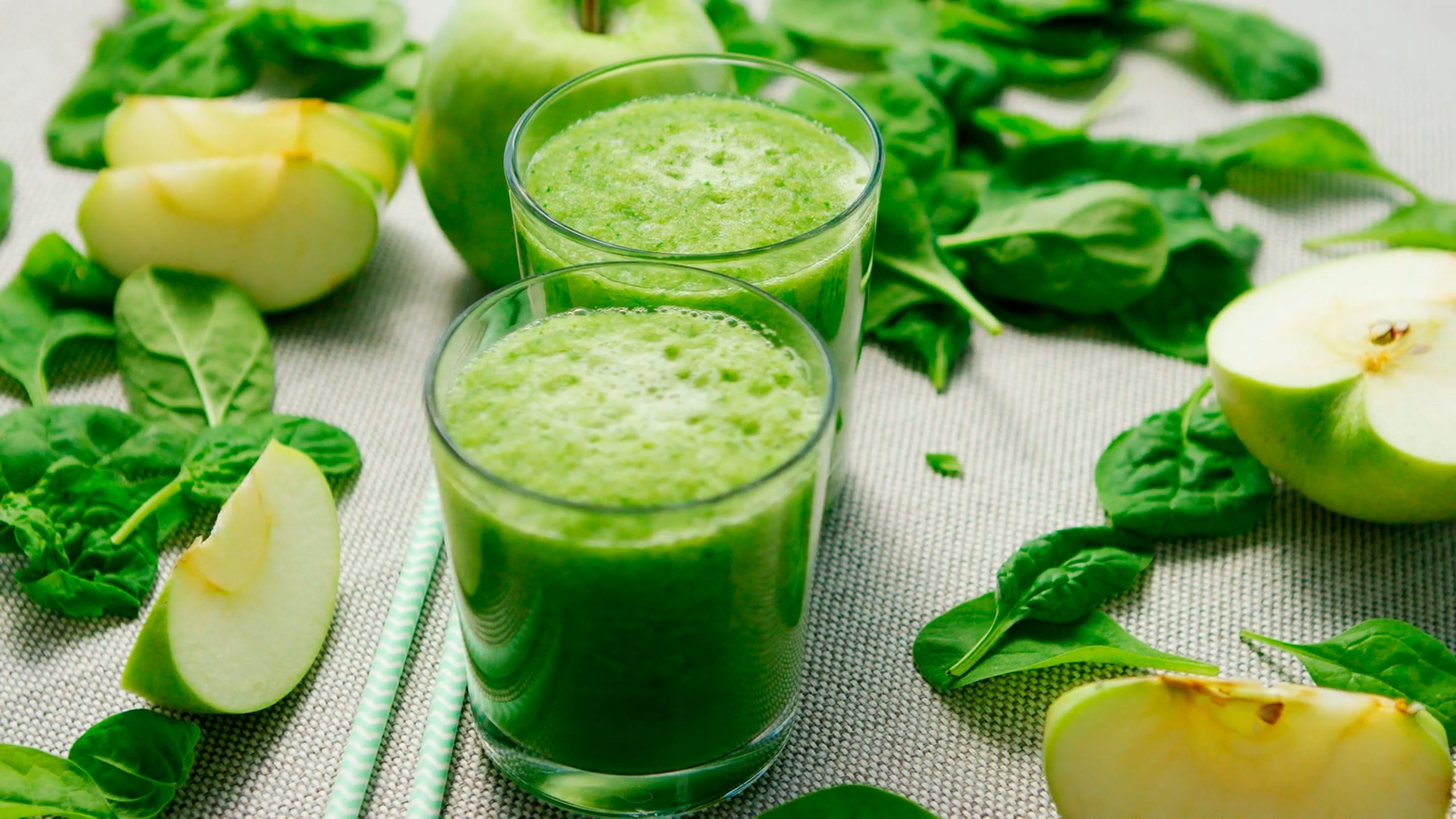
I thought I’d lead out with watermelon juice before talking about a juice that seems much less appealing. If you find yourself grimacing at the thought of spinach juice, just hear me out. Spinach juice is one of my very favorites to drink, though I usually combine it with other ingredients to mask its flavor.
Spinach is one of the most nutritious ingredients you can consume. It’s also very low in calories, which is a huge plus if you’re watching your weight like I am. In just 3 cups of spinach, you can get as much as 340% of your daily vitamin K content and up to 25% of your vitamin C needs.
Usually, I put one or two cups of spinach in my blender with one cup of water, then blend it until it’s smooth. After that, I’ll often toss in a small handful of blueberries or strawberries, a squeeze of lemon juice, and a small apple and blend it all together. This makes a pleasant, but not overly sweet juice that’s packed full of immune-boosting nutrients. I prefer to drink this juice first thing in the morning, as it energizes me and helps me feel ready to tackle my day.ㅤㅤㅤㅤㅤ
Carrot Juice

If you’ve never had carrot juice made from organic, subtly sweet carrots, you’re in for a treat. I like to buy my carrot juice from my local health food store, but you can make your own carrot juice if you have a good juicer at home.
Carrots are a great nutritional choice for mature adults because they contain a lot of beta-carotene, which is important for good eyesight. Carrot juice also contains vitamin K, vitamin C, vitamin B6, and many other nutrients. If you don’t think straight carrot juice is sweet enough for your tastes, try adding a small amount of stevia to sweeten it without adding harmful sugars.
These are three of my favorite go-to juices for good health. I tend to drink the watermelon juice in the summer and the other two juices year-round. None of these juices are calorically dense enough to be a meal replacement, but you can drink them along with a meal or as a light snack to give your body the nutrients it needs to stay healthy and energetic.
